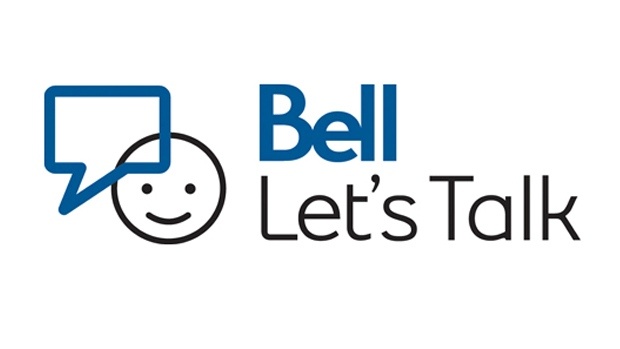Resources > Blog > “Let’s (Walk the) Talk” Day: From Texting to Tangibles

Today is Bell’s “Let’s Talk” day. As noted on Bell’s website, ( http://letstalk.bell.ca/en/news/148/bell-lets-talk-day-2017-is-january-25), Bell will donate 5 cents more to mental health programs every time someone sends a Bell Let’s Talk message of support. Social media now includes Instagram and Snapchat as well as Twitter and Facebook.
On this important day, when commercials and social media discussions about mental health abound, it is important to consider two key factors related to mental health in the workplace. First, what do we mean by “mental health” in the workplace; and second, what happens after we “send” our “text” of support?
Defining Mental Health
When it comes to “mental health” in the workplace, many discussions focus exclusively on individuals who “suffer” from mental health conditions. While it is important to recognize and raise awareness regarding concerns that affect specific individuals, it is equally important to acknowledge the importance of everyone’s mental health and the entitlement of each individual to a psychologically sound workplace environment.
Many underlying conditions could be prevented – or their symptoms mitigated – through a systemic, proactive and preventative approach to mental health in the workplace. We need to take “substantive stock” of our current workplace environments: what aspects of our workplace create a healthy environment, one that enhances psychological well-being and addresses mental health concerns? What aspects of our leadership practices or team dynamics need improvement? What does this improvement look like from a reasonable, tangible and practical perspective?
As part of this, each of us should reflect on how our own communication patterns, work practices and overall demeanour might adversely affect others’ experiences at work (often unintentionally). Yes, each of us has a “right” to a healthy workplace. However, that right will only materialize – with any lasting or meaningful effect – when each of us takes individual responsibility for our own actions within our collective environments. Lately, we seem far better at articulating our rights than acknowledging our responsibilities. For true change to occur both within and outside the workplace, we need to do both.
We’ve Texted – Now What?
This campaign – like anti-bullying day – is a powerful and highly successful tool that continues to bring awareness to a serious issue – that of mental health in our communities and workplaces. However, such campaigns can quickly backfire when individuals and organizations publicly voice support for an issue and then act in a contrary manner.
The credibility of this campaign and those who support it may be called into question when mental health concerns arise in the workplace that are not treated with the objectivity, balance and sensitivity they demand: a person with clinical depression is fired – without a fair inquiry or reasonable accommodation – because he/she seems “disengaged”; another is excluded from coffee with coworkers because he/she is “different” or “eccentric”; or an entire group of staff are repeatedly forced to “walk on eggshells” around a colleague/leader due to persistently insensitive, inappropriate or aggressive communication, ultimately putting the team’s mental health at risk.
I am fully supportive of the Bell Let’s Talk campaign – and other initiatives that bring awareness to important workplace issues. But to be successful in effecting change, awareness has to be the first step, not the only step. In order to truly build a psychologically healthy workplace, “Let’s Talk” has to morph into “Let’s Walk the Talk”.
So today, let’s text, snap, insta and post #BellLetsTalk as much as we possibly can to get the message out there. Then, from this point forward, let’s do what we can – each and every day – to act in a manner consistent with this message – to show we truly support the mental health of those around us.
For practical tips and tools on how to lead, build and sustain a psychologically healthy workplace visit themirrormethod.ca
